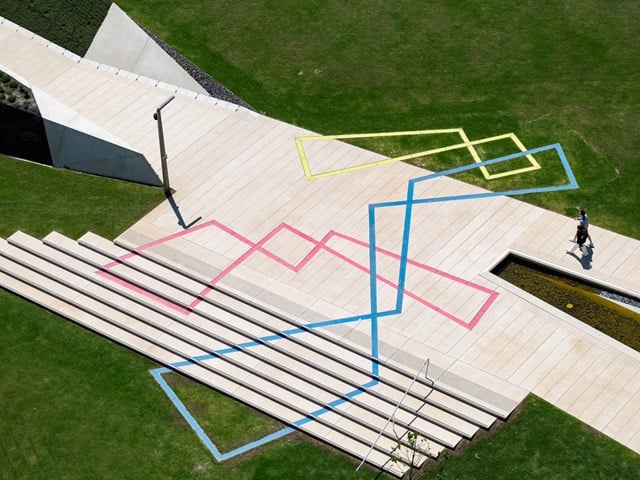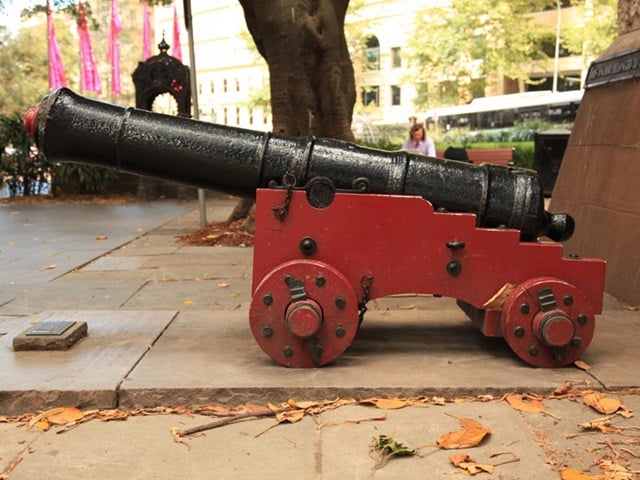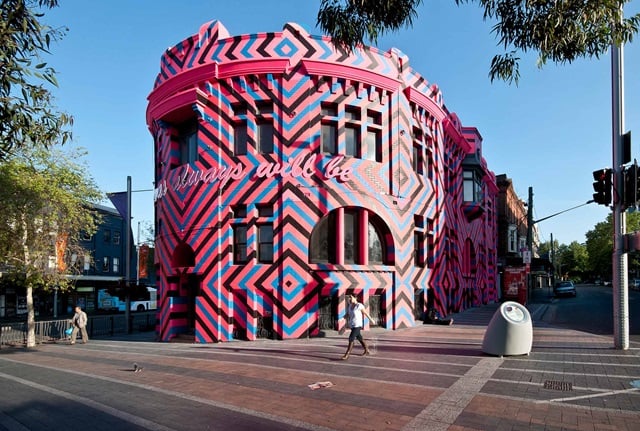


This rare example of ‘playground sculpture’ represents a fusion between sculpture, children’s play and education.
Artwork description
A figurative concrete form artwork in grey and pink hues designed to evoke a play response in children.
The play sculpture, known as Earth Mother, in Phillip Park is a rare example of ‘playground sculpture’ in Sydney and thought to be the first work of art commissioned by a woman in our collection.
It consists of painted, reinforced concrete, and the exposed lime washed surfaces have a smooth finish. Organic in form, it bears stylistic similarities to the work of Henry Moore.
Associated with the theories of environmental determination (euthenics) in the built environment and play therapy, this work represents an attempt to fuse sculpture with children’s education.
Children are stimulated by being encouraged to:
Artist
Anita Aarons was born in Sydney in 1912. A sculptor, jeweller and teacher, Anita initially studied art in new Zealand and completed her training in sculpture at the East Sydney Technical College, where she went on to become a teacher. Aarons exhibited in Canada, America and Australia.
Her experimentation during the 1950's with 'ciment-fondu', a fast setting, high alumina cement, was innovative. Earth Mother demonstrates this technical significance.
She spent much of her life moving between Australia and Canada, working for a time as allied arts editor of Architecture Canada. She died in Brisbane in January 2000.
Commission
Anita Aarons was invited to attend a meeting of the City of Sydney’s Health and Recreations Committee on 25 June 1951 to discuss her submission to erect a piece of sculpture in the children’s playground of Phillip Park.
The Council approved the submission on 2 October 1951, and the sculpture was moved from Aaron’s house in Castlecrag to Phillip Park Playground on 2 April 1952.
Conservation
Earth Mother was moved within Phillip Park in 1992, and retained its approximate location following the construction of the Phillip Park childcare centre on the site.
In 2023 the sculpture underwent conservation. During that process the removal of paint layers (not original to the work) led to the surprising discovery of a unique 2 colour surface application. The conservation team performed extensive analysis and testing of colours, textures and tonal ranges to realise the artist’s original vision for the artwork.







